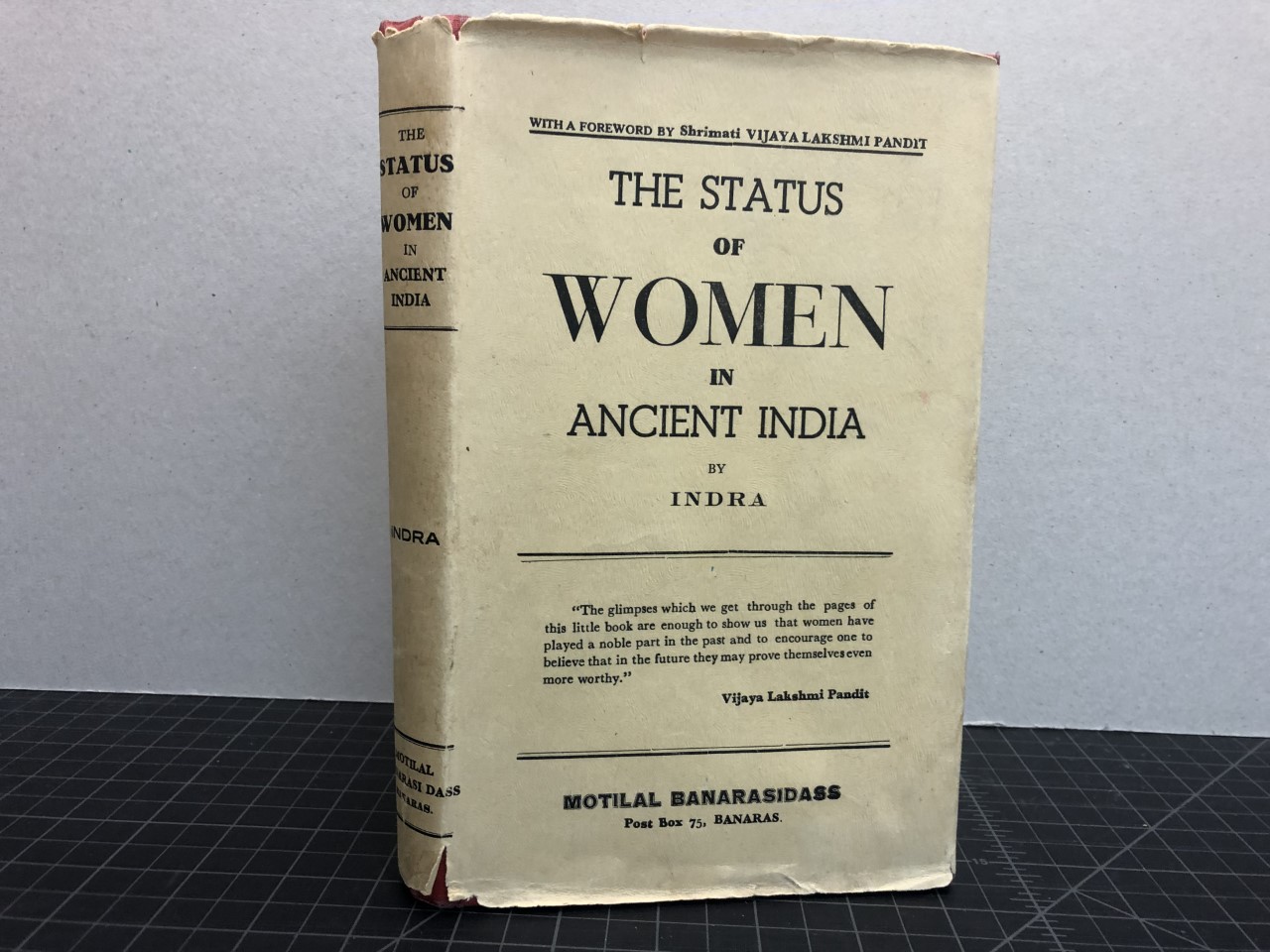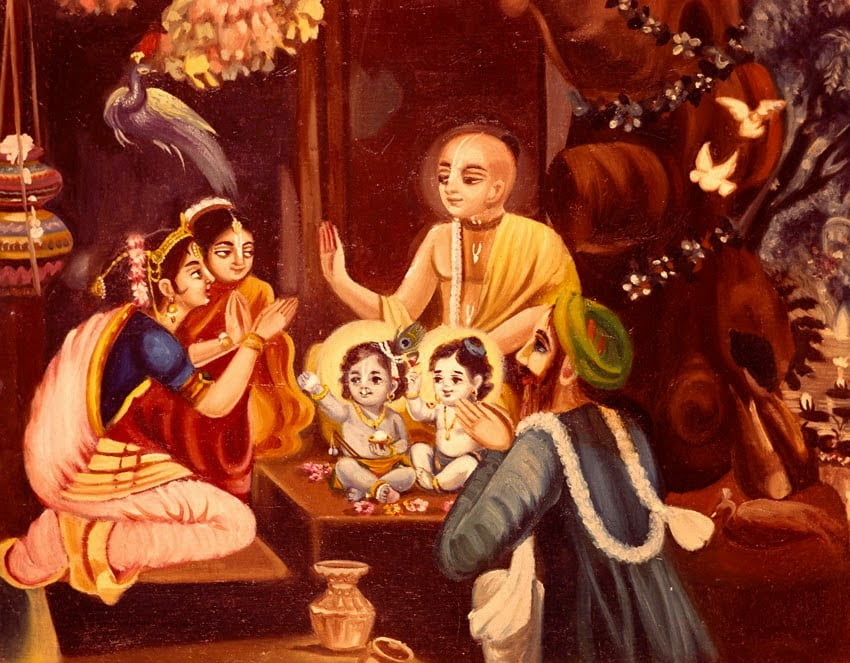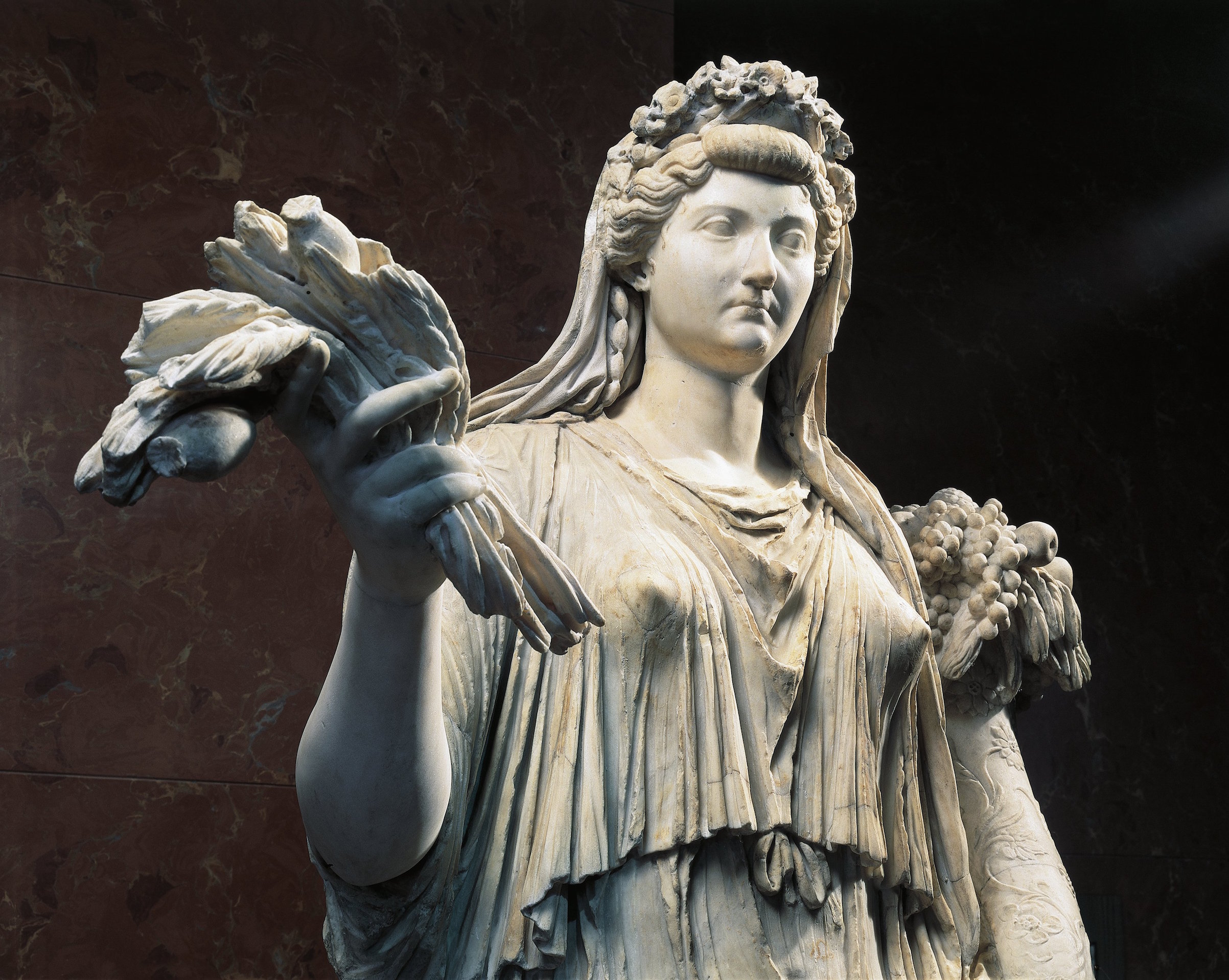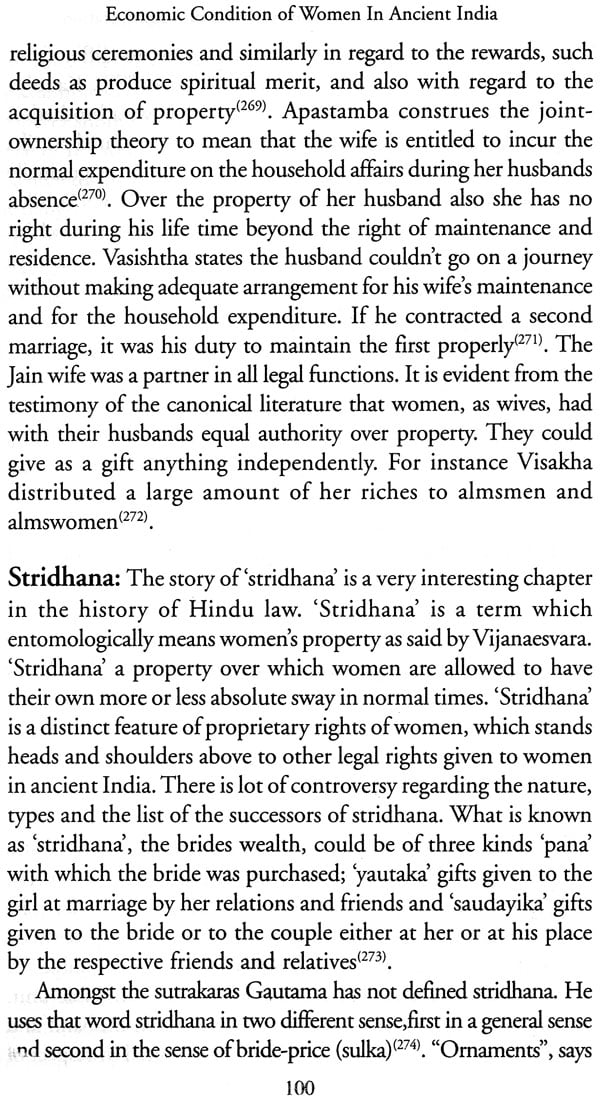The condition of women in ancient India was a complex and varied one, as it was influenced by a range of factors such as social, cultural, and religious norms. In some aspects, women enjoyed a high degree of respect and privilege, while in others, they were subject to discrimination and oppression.
In ancient India, women were considered to be the backbone of the family and were expected to play a vital role in the upbringing and education of children. They were also responsible for managing the household and performing various domestic duties. However, despite this important role, women were often seen as inferior to men and were not afforded the same rights and privileges.
One significant aspect of the condition of women in ancient India was the practice of sati, or the ritual of a widow immolating herself on her husband's funeral pyre. This practice was seen as a way for the widow to show her devotion to her husband and was believed to bring honor to the family. However, this practice was later abolished in the 19th century due to the efforts of reformers who saw it as a form of oppression and discrimination against women.
Another aspect of the condition of women in ancient India was the concept of pativrata, or the ideal of a wife being devoted to her husband. This concept was seen as a virtue and was highly valued in society. However, it also meant that women were expected to be submissive to their husbands and were not afforded the same freedoms as men.
Women in ancient India also faced discrimination in matters of inheritance and property ownership. In many cases, women were not allowed to inherit property and were dependent on their male relatives for their livelihood. This often left them vulnerable and disadvantaged in the event of their husband's death or absence.
Despite these challenges, there were also instances of women enjoying a high degree of respect and privilege in ancient India. Many women played important roles in society and were highly influential, such as the queens and princesses who wielded political power and wielded significant influence over the affairs of the kingdom. In addition, there were also many female saints and religious leaders who were revered for their spiritual wisdom and teachings.
In conclusion, the condition of women in ancient India was complex and varied, as it was influenced by a range of cultural, social, and religious factors. While women faced discrimination and oppression in many aspects of their lives, there were also instances where they enjoyed a high degree of respect and privilege.







